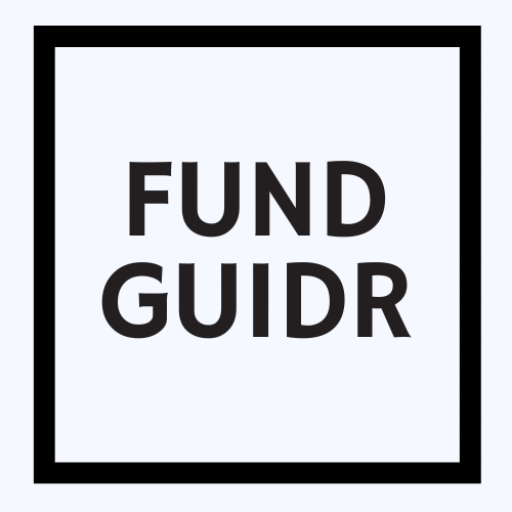Financial market trends, Part 3. The crab market: how to make money when the market is stagnant
After karuturu a stormy downturn and an energetic upturn in the bottle market, the market may remain unexpectedly quiet. It's like being at sea, where the waves have subsided and the water is flat. While it may seem dull at first glance, it is in fact a challenging period known as the 'slowdown'. crab turuna. The name derives from the movement of the crab, which is known for its sideways walking. In such a market, prices do not move up or down for long periods of time, but fluctuate within a narrow range. The crab market requires patience, discipline and knowledge from the investor.

What is a crab market and why does it exist?
In the crab market, prices are moving sideways, with no clear trend. This can last for weeks or even years. It often follows a major price movement (such as after a bull market) as investors wait and consider the next move.
The main reasons why a crab market occurs:
- Uncertainty: Investors are not confident about the direction of the economy. The outlook may be mixed - for example, interest rates are stable but inflation remains high.
- Lack of liquidity: After high volatility, investors may wait and put money aside, reducing the amount of capital available in the market.
- Balance point: The market has reached an equilibrium point, where the power of sellers and buyers is equal. This creates a support level (prices fall but do not go lower) and a resistance level (prices rise but do not go higher).
- The geopolitical situation: Stability or unpredictability that discourages large investments.
Crab market: challenges and opportunities
The crab market is a graveyard for impatient investors. In the absence of a clear direction, short-term traders may make bad decisions, fearing they have "missed the boat". But the wise investor knows that this is a time to focus on risk management and alternative strategies. The crab market is the perfect time to reassess your portfolio, find undervalued assets and try different strategies that don't depend on the direction of the market.
Effective strategies in the crab market
- Realising gains and rebalancing the portfolio. The crab market offers a great opportunity to clean up the portfolio and rebalancing. If a position has grown too large, it's a good time to borrow some of the profits to reduce the risks. The freed-up capital can be reallocated to other asset classes to help achieve the desired allocation. This is also an ideal time to build up liquidity to be ready when the next trend starts.
- Take advantage of volatility narrow range. While the market as a whole is not moving, there is movement within individual stocks or sectors. This is a time when a savvy investor can take advantage of short-term fluctuations by buying stocks that have fallen to support levels and selling them when they have risen to resistance levels. However, this strategy requires careful analysis and discipline.
- Focus on dividends. Dividend yields are often an important source of income when share prices are not rising. Strong and stable companies that pay regular dividends provide passive income in the craps market. This strategy is particularly well suited to long-term investors who want to grow their portfolio through stable cash flows.
- Do your homework and analyse the fundamentals. As in previous articles, the priority is to. fundamental analysis. The crab market gives you time to study companies and understand their long-term value. It's the perfect time to find the 'gems' - companies that are undervalued now but have strong prospects for the future. This work will pay off when the next bottle market starts.
The crab market is a big challenge for impatient investors. While in the bottle market it is tempting to run with the flow and in the bear market it is tempting to run away, in the crab market the biggest temptation is to do something, anything, just for the action. It's like a boxing match, where each fighter's movements are limited and they wait for their opponent to open up to deliver the decisive blow. In the bear market you feel the pressure to sell, in the bottle market you feel the pressure to buy, but in the crab market the biggest pressure is the emotional expectation of 'something' that may not come soon. Think of this period as a "patient" situation where you have to learn to enjoy the wait, sharpen your analytical skills and be ready to act only when the situation gives a clear signal.
Historical examples
History has provided many examples of crab markets moving sideways:
- Early 2000s: After the dot-com bubble burst, many indices, including the S&P 500, moved sideways for several years. At the time, investors who focused on dividends and value-based investing often had better returns than those who waited for a quick recovery and a new boom.
- The 2014-2016 period of falling oil prices: After the sharp fall in oil prices, oil company shares and some indices moved sideways for a long time as markets waited for a new equilibrium point.
These examples show that market stagnation is not a final, but merely a temporary situation that offers a kind of opportunity.
Final word: the crab market as a time for investor education
The crab market can be one of the most psychologically challenging periods for investors, as it tests patience and discipline. Nothing seems to happen, but it is actually the perfect time to learn, optimise your portfolio and prepare for the future. It is not a time for inactivity, but for conscious and deliberate action. Understanding that markets move in cycles and that each phase has its own peculiarities is the basis for successful investing. Having learned to navigate the bear and bear market, you are now ready to face the challenges of the crab market.
